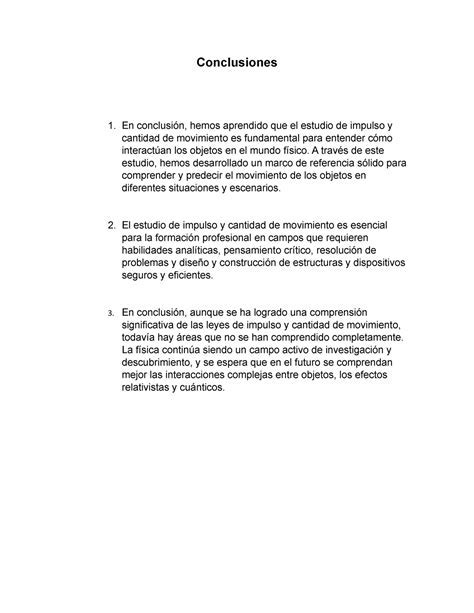Intro
Doxycycline is an antibiotic treating bacterial infections, acne, and Lyme disease, with uses, side effects, and dosage instructions, as a tetracycline antibiotic, effective against various microorganisms.
Doxycycline is a type of antibiotic that belongs to the class of tetracyclines. It is used to treat a wide range of bacterial infections, including respiratory tract infections, skin infections, and urinary tract infections. Doxycycline works by inhibiting the growth of bacteria, thereby preventing them from reproducing and causing further infection. This antibiotic is commonly prescribed by doctors due to its effectiveness and relatively low risk of side effects.
The importance of doxycycline lies in its ability to combat various bacterial infections that can be severe and even life-threatening if left untreated. For instance, doxycycline is often used to treat pneumonia, which is a serious infection of the lungs that can be fatal if not properly treated. Additionally, doxycycline is used to treat acne, a common skin condition that can cause scarring and emotional distress if not managed effectively. The versatility of doxycycline in treating different types of infections makes it a valuable medication in the field of medicine.
Doxycycline has been widely used for decades, and its effectiveness has been well-documented in numerous medical studies. The medication is available in various forms, including capsules, tablets, and suspensions, making it easy to administer to patients of all ages. Furthermore, doxycycline is relatively inexpensive compared to other antibiotics, which makes it an accessible treatment option for people from all walks of life. With its broad spectrum of activity and favorable safety profile, doxycycline remains a popular choice among healthcare professionals for the treatment of bacterial infections.
Doxycycline Mechanism of Action

Doxycycline works by binding to the bacterial ribosome, which is the site of protein synthesis. This binding inhibits the translation of messenger RNA into proteins, which are essential for the growth and survival of bacteria. As a result, doxycycline prevents the bacteria from producing the proteins they need to multiply and cause infection. The medication is most effective against Gram-positive and Gram-negative bacteria, which are the two main types of bacteria that cause infections in humans.
How Doxycycline Works
The process by which doxycycline works can be broken down into several steps: * Inhibition of protein synthesis: Doxycycline binds to the bacterial ribosome, preventing the translation of messenger RNA into proteins. * Inhibition of cell growth: Without the necessary proteins, the bacteria are unable to grow and multiply. * Eventual death of bacteria: As the bacteria are unable to grow and multiply, they eventually die, which helps to clear the infection from the body.Benefits of Doxycycline

Doxycycline has several benefits that make it a popular choice among healthcare professionals. Some of the benefits include:
- Broad spectrum of activity: Doxycycline is effective against a wide range of bacterial infections, making it a versatile treatment option.
- Low risk of side effects: Doxycycline is generally well-tolerated, with a low risk of side effects compared to other antibiotics.
- Cost-effective: Doxycycline is relatively inexpensive, making it an accessible treatment option for people from all walks of life.
- Easy to administer: Doxycycline is available in various forms, including capsules, tablets, and suspensions, making it easy to administer to patients of all ages.
Common Uses of Doxycycline
Doxycycline is commonly used to treat a variety of bacterial infections, including: * Respiratory tract infections: Doxycycline is often used to treat pneumonia, bronchitis, and other respiratory tract infections. * Skin infections: Doxycycline is used to treat acne, rosacea, and other skin infections. * Urinary tract infections: Doxycycline is used to treat urinary tract infections, including cystitis and pyelonephritis.Doxycycline Side Effects

Like all medications, doxycycline can cause side effects in some people. Some common side effects of doxycycline include:
- Nausea and vomiting
- Diarrhea
- Abdominal pain
- Headache
- Dizziness
Precautions and Warnings
While doxycycline is generally safe and effective, there are some precautions and warnings to be aware of: * Pregnancy and breastfeeding: Doxycycline should not be used during pregnancy or breastfeeding, as it can harm the developing fetus or baby. * Allergic reactions: Some people may be allergic to doxycycline, and may experience an allergic reaction, such as hives, itching, or difficulty breathing. * Interactions with other medications: Doxycycline can interact with other medications, such as blood thinners and antacids, which can reduce its effectiveness or increase the risk of side effects.Doxycycline Dosage and Administration

The dosage and administration of doxycycline vary depending on the type and severity of the infection being treated. Some common dosages and administration instructions include:
- Adults: The usual dosage of doxycycline for adults is 100-200 mg per day, taken in divided doses.
- Children: The dosage of doxycycline for children varies depending on their age and weight, and should be determined by a healthcare professional.
- Administration: Doxycycline should be taken with a full glass of water, and should not be taken with milk or other dairy products, as these can reduce its effectiveness.
Missed Doses and Overdose
If a dose of doxycycline is missed, it should be taken as soon as possible. However, if it is almost time for the next dose, the missed dose should be skipped and the regular dosing schedule should be continued. In the event of an overdose, medical attention should be sought immediately.Conclusion and Final Thoughts

In conclusion, doxycycline is a valuable antibiotic that has been widely used for decades to treat a variety of bacterial infections. Its broad spectrum of activity, low risk of side effects, and cost-effectiveness make it a popular choice among healthcare professionals. However, as with any medication, it is essential to use doxycycline responsibly and under the guidance of a healthcare professional to minimize the risk of side effects and ensure effective treatment.
We invite you to share your thoughts and experiences with doxycycline in the comments section below. If you have any questions or concerns about doxycycline or other antibiotics, please do not hesitate to ask. Your feedback and engagement are valuable to us, and we look forward to hearing from you.
What is doxycycline used for?
+Doxycycline is used to treat a wide range of bacterial infections, including respiratory tract infections, skin infections, and urinary tract infections.
How does doxycycline work?
+Doxycycline works by binding to the bacterial ribosome, which inhibits protein synthesis and prevents the growth and multiplication of bacteria.
What are the common side effects of doxycycline?
+Common side effects of doxycycline include nausea and vomiting, diarrhea, abdominal pain, headache, and dizziness.
